What is the difference between the following three annotations:
[ScaffoldColumn(false)]
[Display(Name = "")]
[Display(AutoGenerateField=false)]
There are related SO questions here and there, but I believe none that cover all three. I've also seen an SO post that claims the AutoGenerateField=false accomplishes nothing. If so, then what is it for? As for the other two annotations -ScaffoldColumn(false) and Display(Name="") - are they equivalent?

